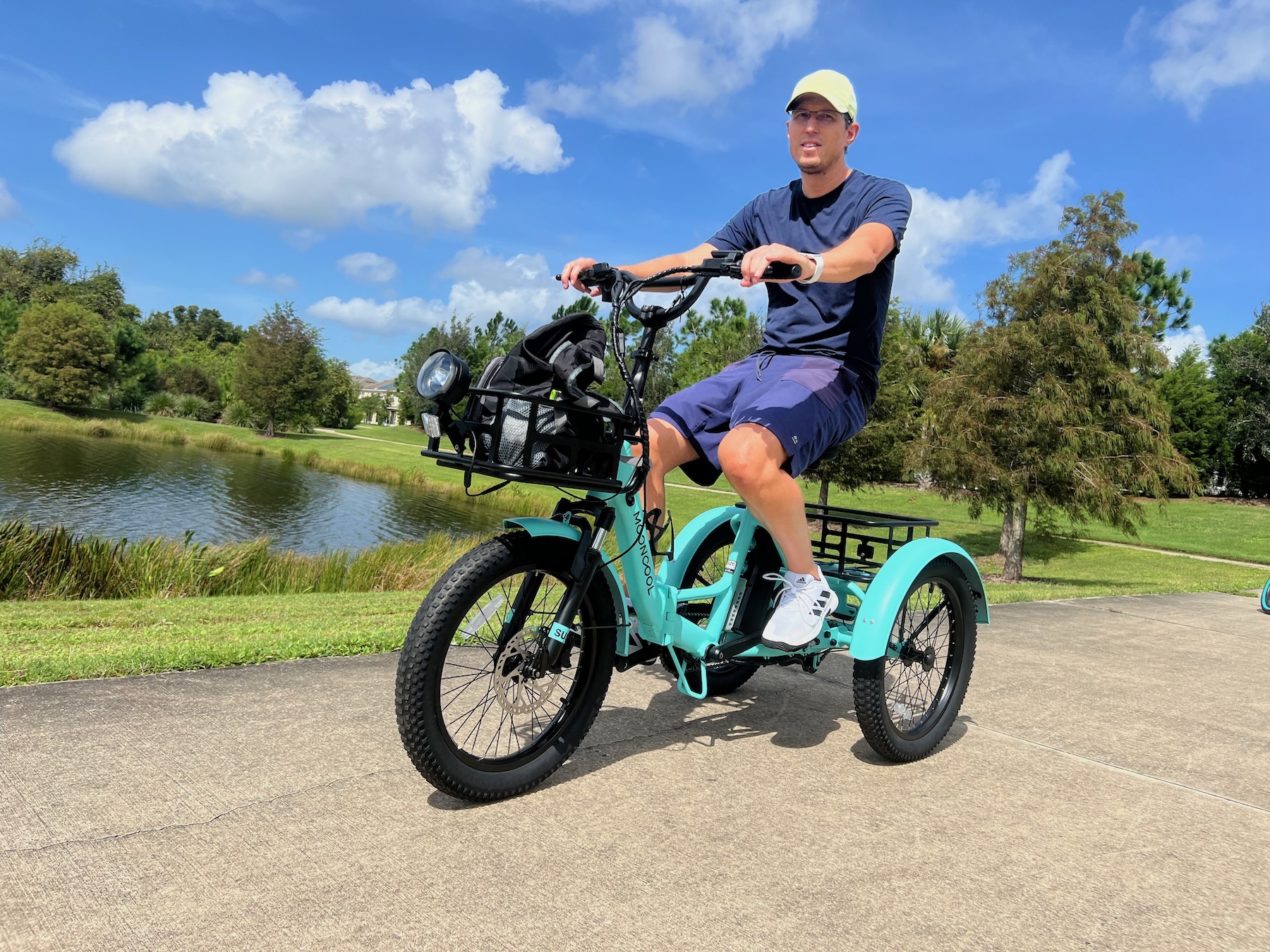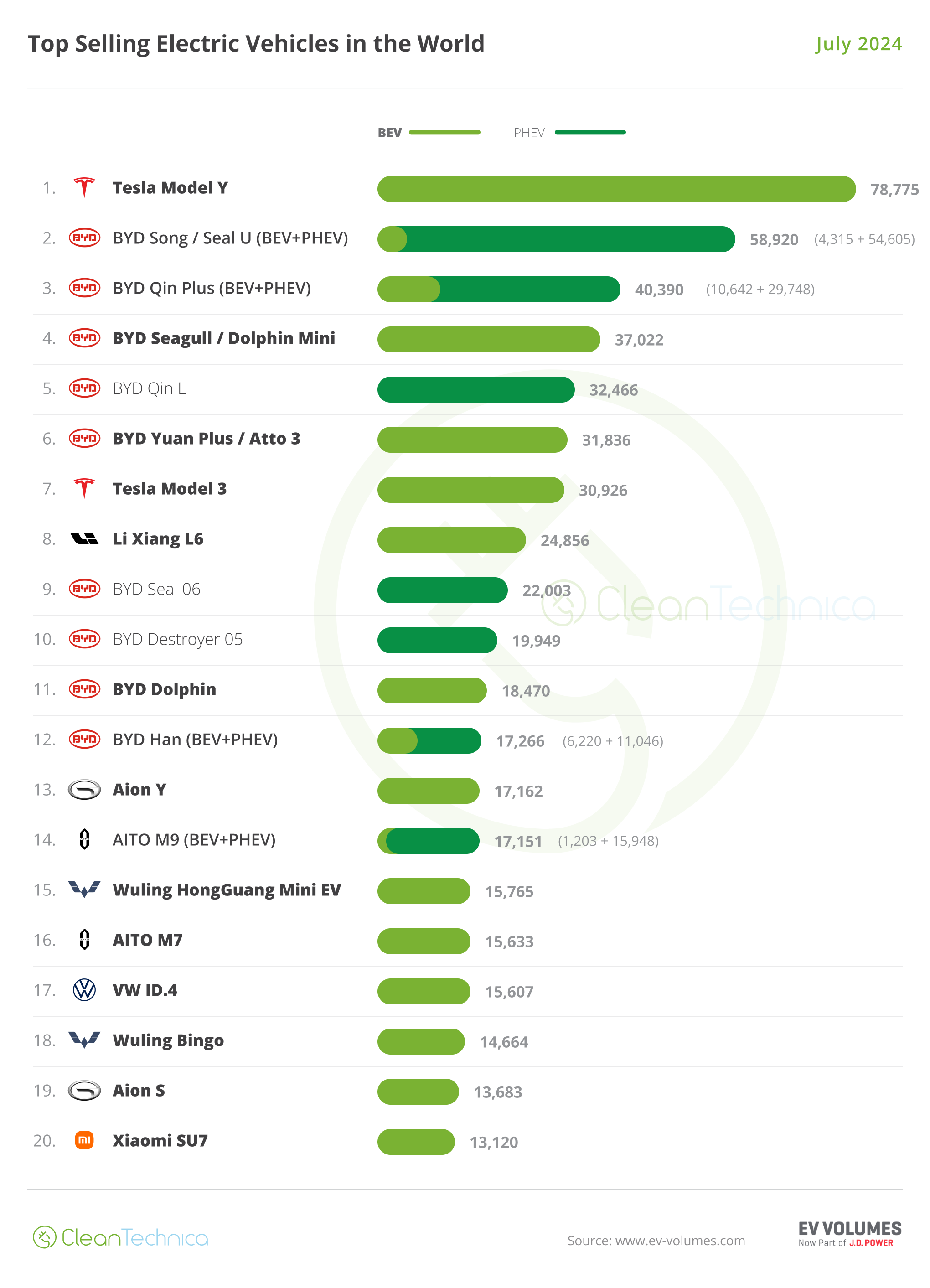Sign up for daily news updates from CleanTechnica on email. Or follow us on Google News!
We forecast that the United States will generate 14% more electricity from solar energy than from hydroelectric facilities in 2024, according to our Short-Term Energy Outlook (STEO). Our forecast is driven by continued growth in new utility-scale and small-scale solar facilities.
For the first time in September 2022, the United States had more solar-generated electricity than hydroelectric generation on a monthly basis, according to our Electric Power Monthly. That month, U.S. solar power plants and rooftop solar generated about 19 billion kilowatthours, (kWh) compared with 17 billion kWh from U.S. hydropower plants.
Solar power outpaced hydropower again this summer due to exponential growth in installed solar capacity. From 2009 to 2022, installed solar capacity increased at an average rate of 44% per year, and installed hydroelectric capacity increased by less than 1% each year. In our STEO, we expect annual solar generation to surpass annual hydropower generation in 2024 for the first time. In 2019, annual wind generation surpassed annual hydropower generation. The growth of U.S. solar and U.S. wind generation are following a similar pattern, both largely following growth in installed capacity.
Incentives such as investments tax credits have encouraged growth in renewable generation capacity. By August 2023, installed U.S. solar capacity totaled more than 125 gigawatts (GW), including 80 GW of utility-scale solar capacity and an estimated 45 GW of small-scale solar capacity. Hydroelectric capacity in the United States has remained relatively steady at about 80 GW for the past few decades.
Weather patterns reduced U.S. hydroelectric generation through August this year. Hydropower generation depends on seasonal hydrologic conditions and long-term weather trends. Although weather patterns also affect solar and wind generation, the biggest contributor to additional generation from these sources is they have had the fastest growth in generating capacity.
During times of high demand or high prices, hydroelectric generators have reservoirs that can store water to be released through dams to generate electricity. This ability to control the output is limited by long-term hydrologic conditions and other complications associated with water rights and recreational uses. Despite these challenges, hydropower continues to be a key source in the hourly pattern of generation in areas like the Pacific Northwest.
Principal contributors: Jonathan DeVilbiss, Katherine Antonio. Article via U.S. EIA’s Today In Energy blog.
Have a tip for CleanTechnica? Want to advertise? Want to suggest a guest for our CleanTech Talk podcast? Contact us here.
EV Obsession Daily!
I don’t like paywalls. You don’t like paywalls. Who likes paywalls? Here at CleanTechnica, we implemented a limited paywall for a while, but it always felt wrong — and it was always tough to decide what we should put behind there. In theory, your most exclusive and best content goes behind a paywall. But then fewer people read it!! So, we’ve decided to completely nix paywalls here at CleanTechnica. But…
Thank you!
Community Solar Benefits & Growth
CleanTechnica uses affiliate links. See our policy here.




